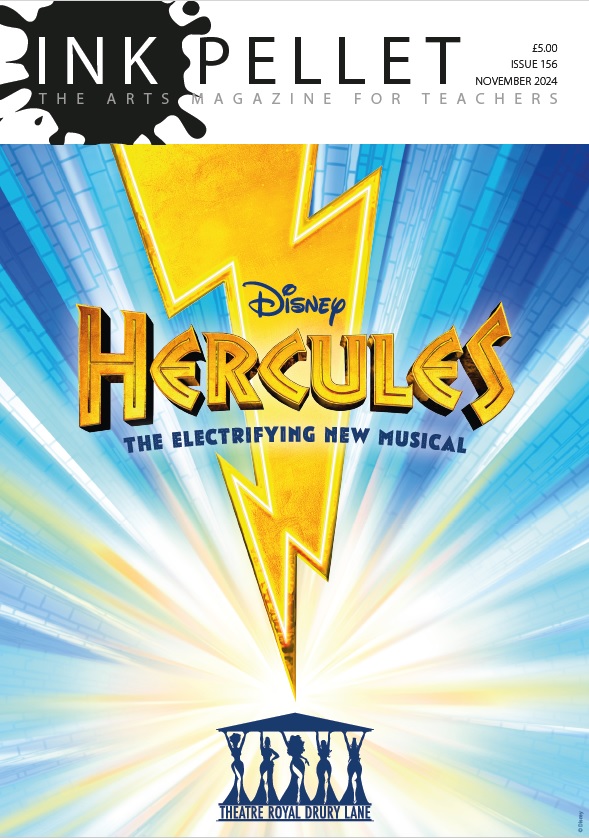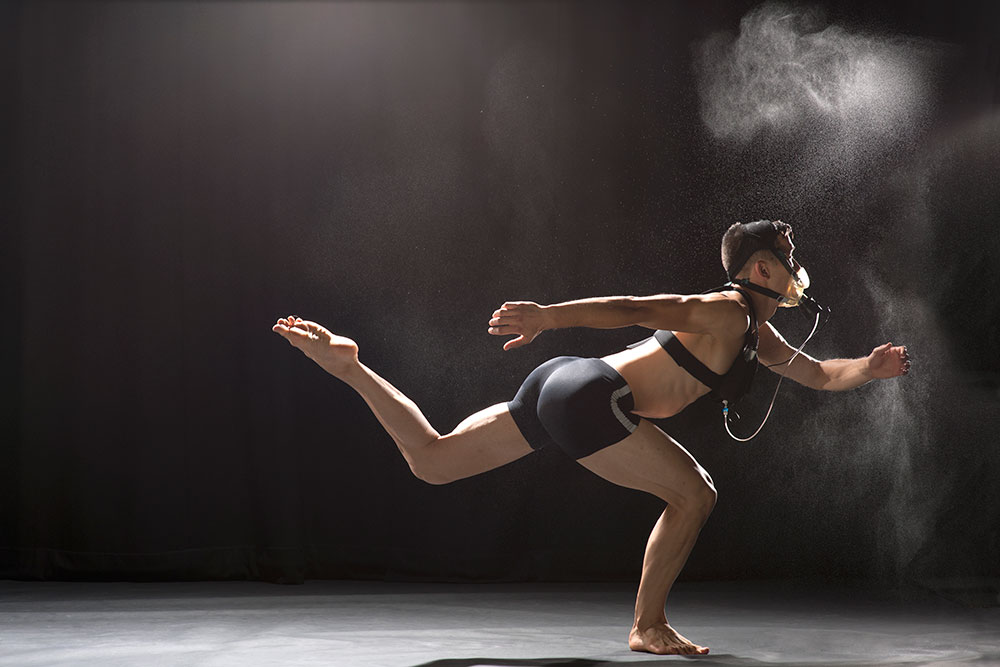Susan Elkin pays a visit to Trinity Laban Conservatoire to discover song and dance training is anything but routine
I’m sitting in a light, sparklingly bright modern building in Deptford chatting to Anthony Bowne, principal of Trinity Laban Conservatoire of Dance and Drama. Formed in 2005 from a merger of the much older Trinity College of Music (1872) and Laban Centre for Music and Dance (1948) it is Britain’s first conservatoire of dance and music. Drama and music is a more usual combination.
Today the whole institution is quite neatly housed in Greenwich and Deptford, a short walk from each other. Most of the music is taught in the historic Naval College building at Greenwich and the dance is based mainly in the – completely different – angular, colourful 2002 building I’ve been invited to see in Creekside, Deptford.
Students come here for vocational training in dance. The whole purpose is to get them industry-ready so that they can work as professional dancers. Of course, admission is very competitive and international. Anthony tells me that substantial numbers of his students come from elsewhere in the world.
“But we also have a major community commitment” he explains. “it was part of the deal when Lewisham Borough Council made this site available and we agreed to come to an area which has socio-economic deprivation.” The school therefore runs classes for children as well as providing grant-assisted high level dance training for selected talented youngsters still at school through the Centres for Advanced Training (CAT) scheme.
Later I see the dance class for adults in action. This is so popular that there’s a waiting list. Proactive men and women, mostly in early retirement, come enthusiastically to their weekly dance class. Many of them then stay for the day, eating lunch in the café and/or volunteering to help, for example, in the library.
Everywhere you look in the building there’s glass, movement, light, colour and people in leotards and leggings doing (to me) impossible things with their bodies. But it’s as scientific as it is artistic. Dance science is a new discipline related to, but different from, sports science. Dr Emma Redding is head of it at Trinity Laban.
“The idea is to conduct top notch scientific research, often funded in collaboration with other comparable institutions, into how the body and mind work in relation to the demands of dance. Everything feeds back into the teaching and development of performers. The bottom line is to find ways of ensuring that every dancer is fit, healthy and well enough to sustain a long and successful career without succumbing to wear and tear, injury or mental health problems” she says.
In the “conditioning room” I watch a young woman taking part in an experiment. She is on a treadmill, pounding with rhythmic and apparently limitless energy. She is wearing apparatus across her chest and a face mask which measure her oxygen intake and carbon dioxide exhalation, energy used and where in the body it is coming from, among other things. The results are plotted on a continuous graph on an electronic whiteboard at her side. Emma explains to me that the equipment is mobile so that it can also be used in dance classes.
“Above all else, dancers need strength and that doesn’t necessarily come from the long legs and tiny torso of the traditional female ballet dancer” says Emma. “We talk a lot here about health and every student gets individual support, but we never brutally tell a student to lose weight in the way that conservatoires once did and maybe some schools still do”. She explains that all the scientific work her department does is focused on finding out more about how the body and mind of a dancer work so that he or she can live the dream without it turning into a nightmare of hideously injured feet, hips which need replacing before middle age and female bodies which fail to function normally because they’re underweight.
Back in Anthony’s office I learn that Trinity Laban, has this year acquired Taught Degree Awarding Powers (TDAP). The new status, conferred by the Privy Council, means that, with effect from 2017, the college’s graduates will have Trinity Laban’s name on their degree certificates. Until now the degrees have been accredited by City University in whose name certificates were awarded.
Anthony, his colleagues and students are delighted about this because the vetting process is dauntingly rigorous. The inspectors are on site for around a year and no stone is left unturned – so to have “passed” is quite an accolade.
TDAP means more curricular freedom. Although Anthony is full of praise for City University, in general many accrediting universities do not understand the very specific way of working in vocational colleges which train performers. Essay writing and bolted on academic knowledge do not, in general, make for better dancers and musicians. “Our curriculum is holistic and can become more so now that we have full control of it” says Anthony. “Of course we teach the history of dance, but it’s part of working on a show related to a specific period rather than a separate class.”
I drive away quite uplifted by all this and keenly looking forward to catching a performance in the lovely on-site theatre which is part of Trinity Laban’s Deptford building.
Trinity Laban Conservatoire of Music and Dance, Laban Building, Creekside, London SE8 3DZ 020 8305 9400 www.trinity.laban.ac.uk



